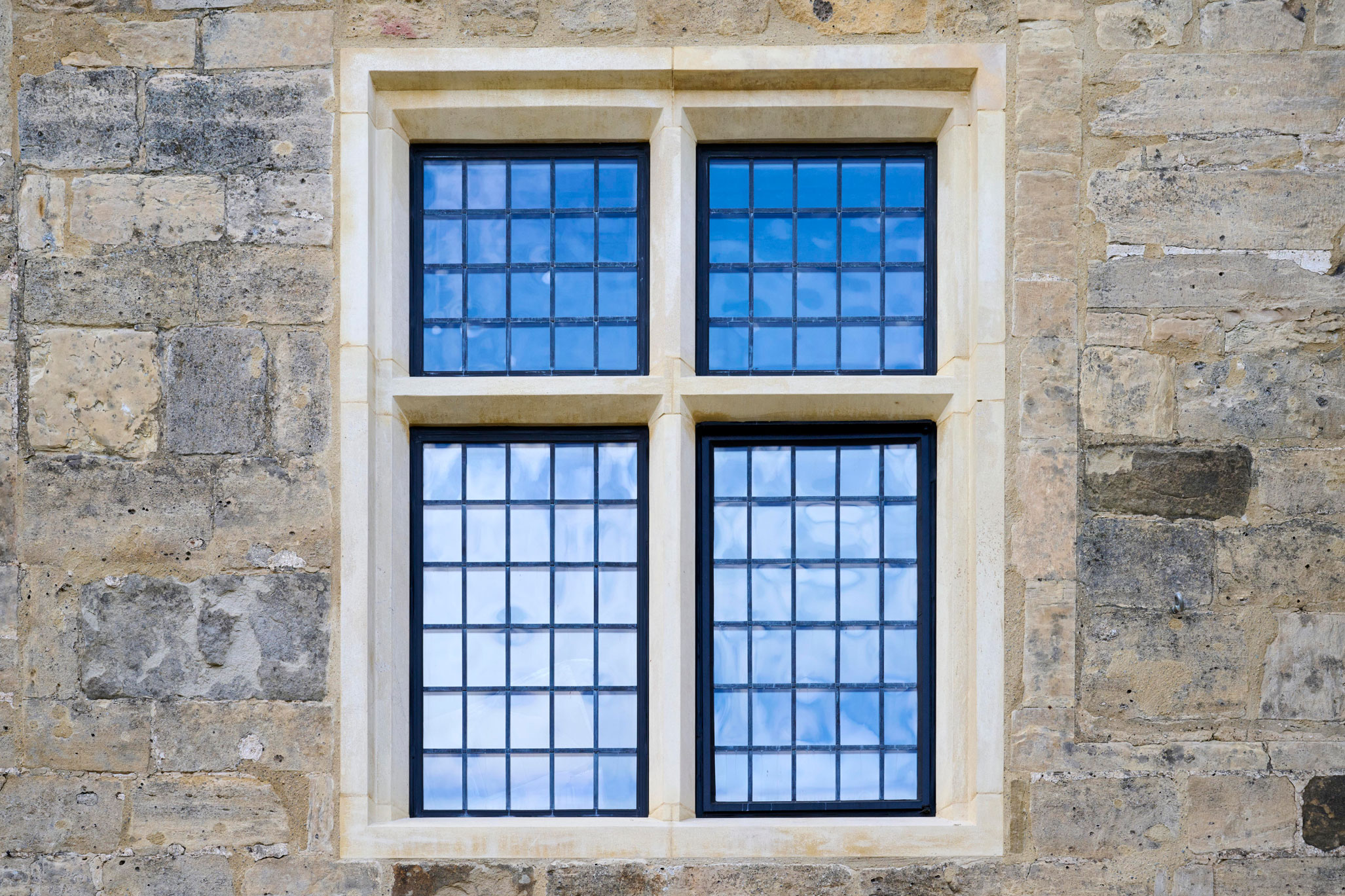Reduce Your Dependency on Fossil Fuels
If you are aiming to reduce your organisation's carbon footprint towards net zero, this page will help you analyse how to reduce your dependency on fossil fuels.
Why you should reduce dependence on fossil fuels
According to the Climate Change Committee’s Sixth Carbon Budget Advice, most direct emissions in buildings result from the use of fossil fuels for heating and other operational activities. Reducing your organisation’s dependency on fossil fuels is essential on your journey to net zero.
Energy sufficiency
Although progress has been made in creating more energy-efficient equipment, these improvements are often offset by the absence of any policies to promote sufficiency. For instance, while vehicles now tend to use less fuel, the overall increase in travelled distances maintains annual fuel consumption at a high level. Energy Sufficiency is an essential part of the energy transition toward Net Zero and requires rethinking the fundamentals of what living in society is about.
Energy sufficiency goes beyond energy efficiency: it’s about having enough but not using too much. It’s about doing things differently; about living well, within the planetary limits. (Source: https://www.energysufficiency.org/)
Further resources on energy sufficiency
- Negawatt provides more information on energy sufficiency and their scenario to reach net zero by 2050
- Energy sufficiency explained: YouTube video by Negawatt
Retrofit and Energy Efficiency in Historic Buildings
-
Energy Efficiency and Your Home
Advice on how to make your historic building more energy efficient. While the guidance focuses on domestic houses, the advice given is widely applicable to all types of heritage buildings and organisations.
-
Retrofit and Energy Efficiency in Historic Buildings
Access our technical guidance on retrofitting historic buildings for further information on topics covering insulation, draught-proofing, planning or energy performance certificate.
-
Technical Tuesdays
Sign up for Historic England's Technical Tuesday webinar series
-
Technical Conservation Guidance Brochure, News and Webinars
Sign up to our Technical Conservation Newsletter.
Installation of green energy sources
Low or zero carbon technologies that generate electricity, heat or both with low or no carbon dioxide emissions are vital to meet net zero. In assessing the benefits of low and zero carbon energy sources for historic buildings, you will need to consider:
- Does it suit the particular building and use?
- What are the carbon reduction benefits?
- Will the potential savings exceed the whole-life energy costs?
- Can the system be fitted safely without significantly impacting the building and its historic fabric?
- What will be the visual impact on the setting of the building or heritage asset?
- Are there any planning controls that affect your choice and positioning of the installation?
It is essential that you get any necessary planning permission or listed building consent before starting work.
-
Renewable Energy Generation in Historic Places of Worship
There are many possibilities for energy generation and this page considers several of them plus some challenges involved.
-
Renewable Energy
Historic England's position on renewable energy.
-
Biomass Energy
Historic England's position on biomass energy or fuel derived from plant materials.
-
Wind Energy
Historic England's position on wind energy.
-
Installing Solar Panels
Guidance on designing and installing solar power systems.
More themes to help your organisation towards Net Zero
-
Understanding Your Carbon Footprint
Find out how to understand your organisation's carbon footprint including how to draft a carbon reduction plan and monitor progress
-
Sustainable Travel
Guidance on sustainable commuting and business travel as part of achieving net zero for your organisation.
-
Making Your Business Operations More Environmentally Sustainable
Guidance to help you make your organisation more environmentally sustainable on its journey to net zero through its business practices
-
Enhance Biodiversity
Advice on enhancing biodiversity as part of your organisation's journey towards reaching net zero carbon footprint.
-
Offsetting
Advice on offsetting carbon as the last step in your organisation's carbon reduction journey towards net zero.





